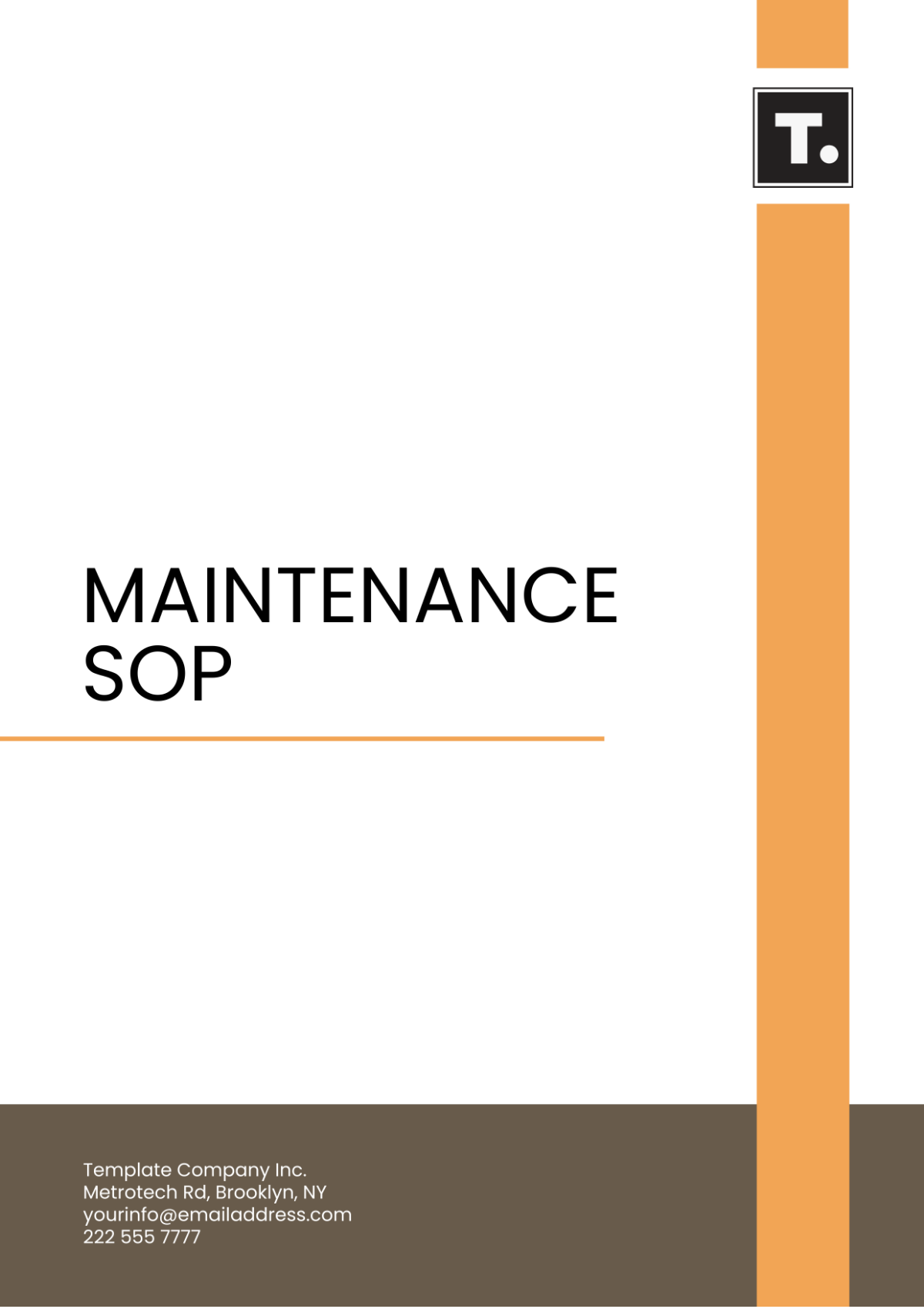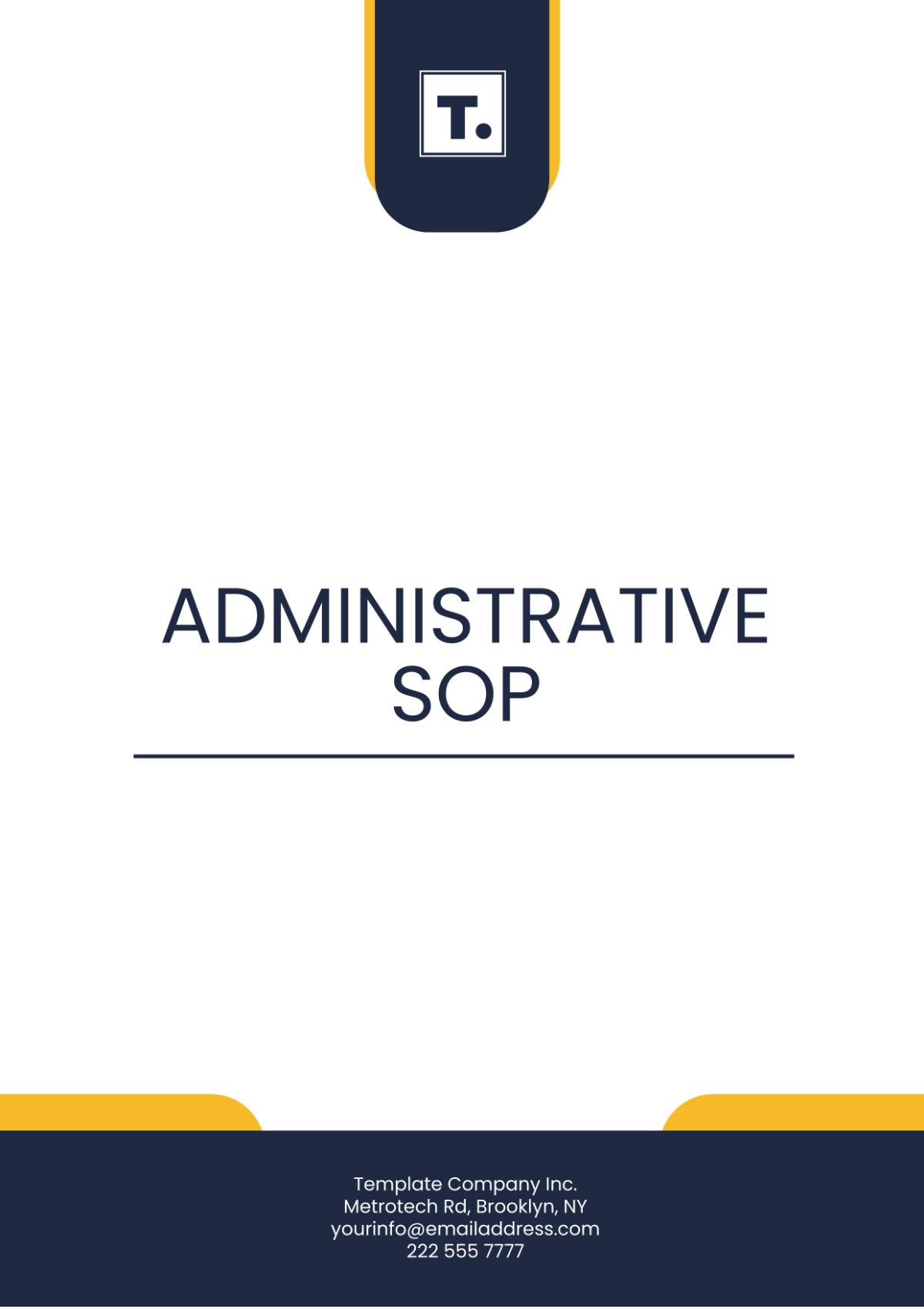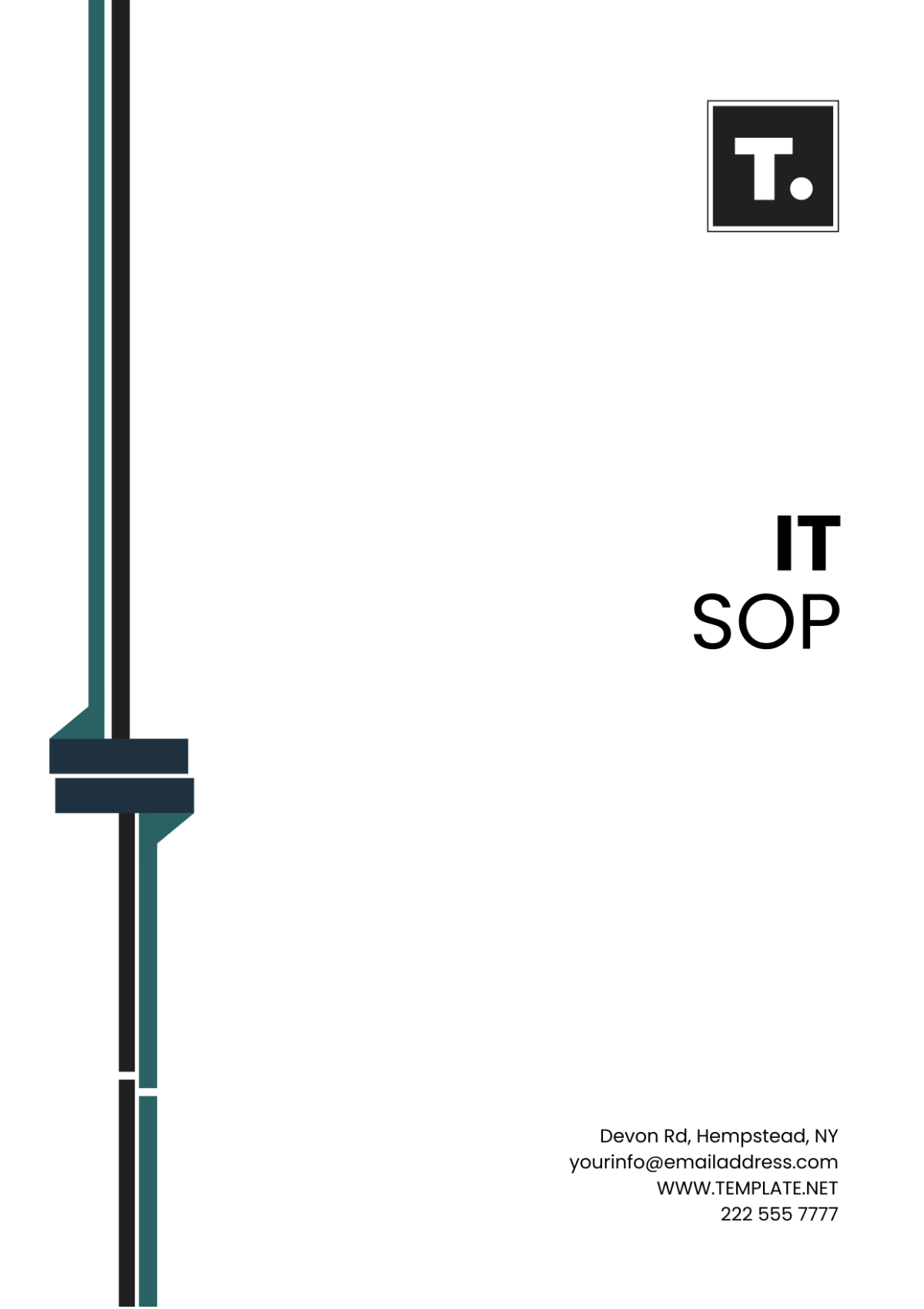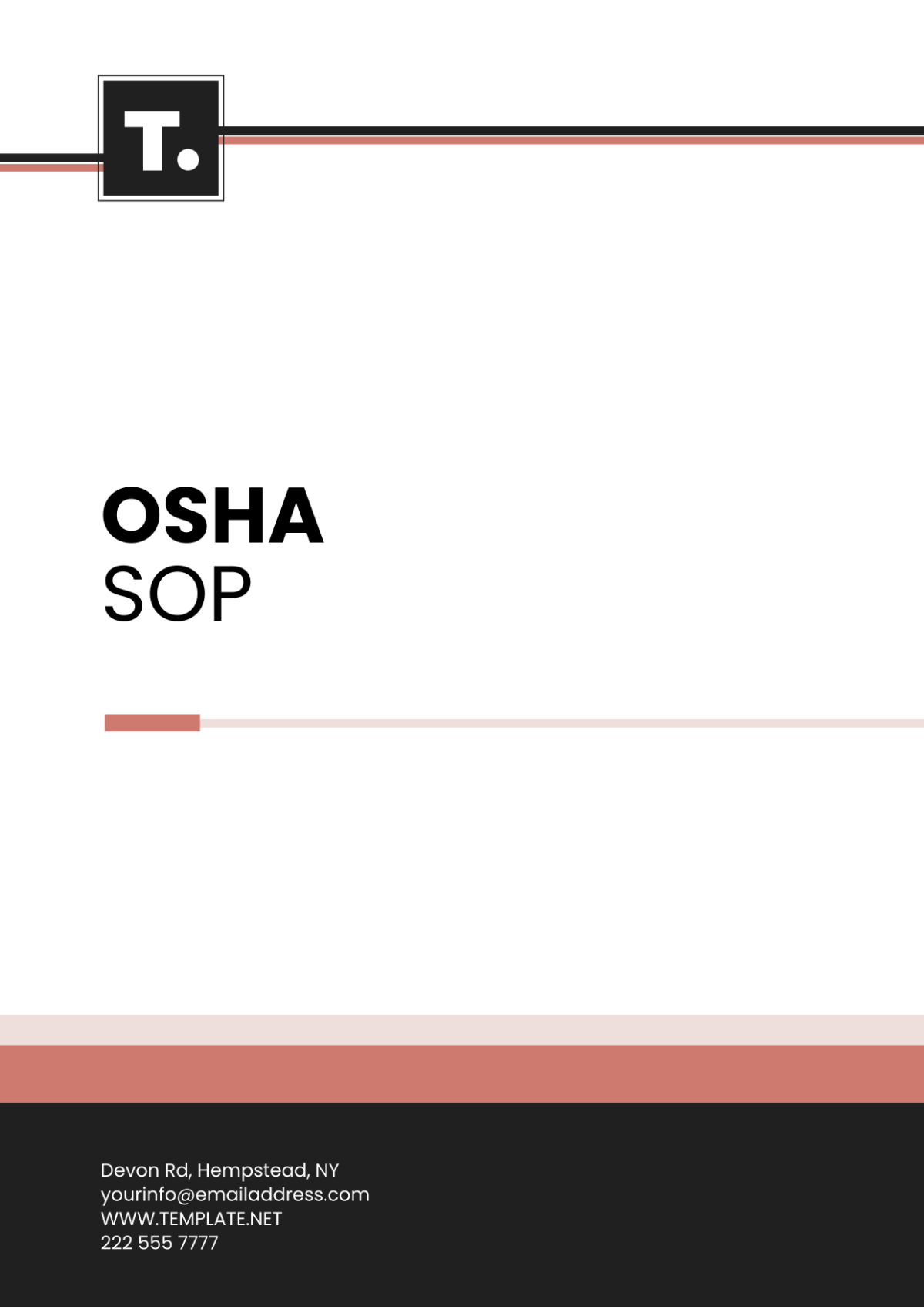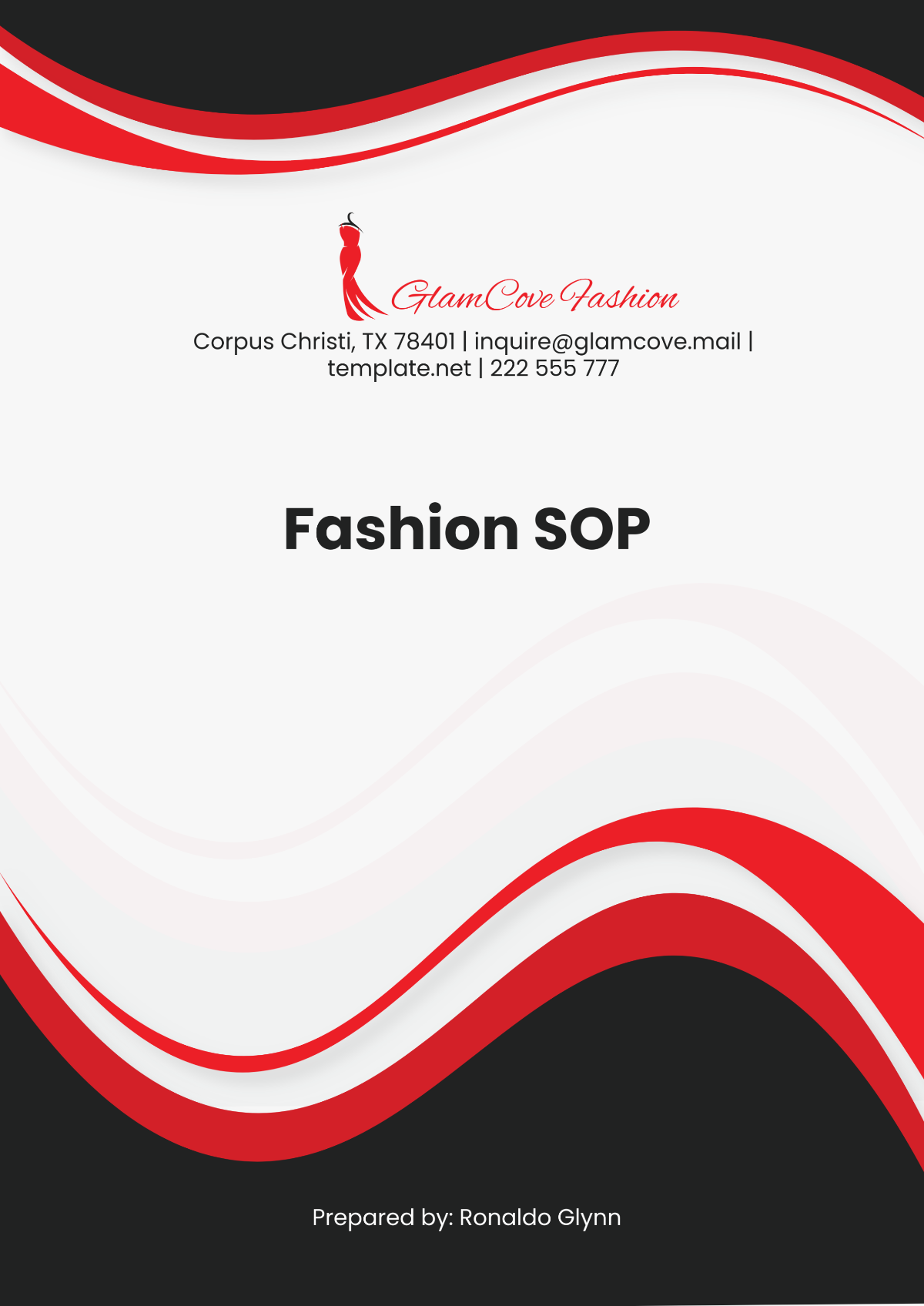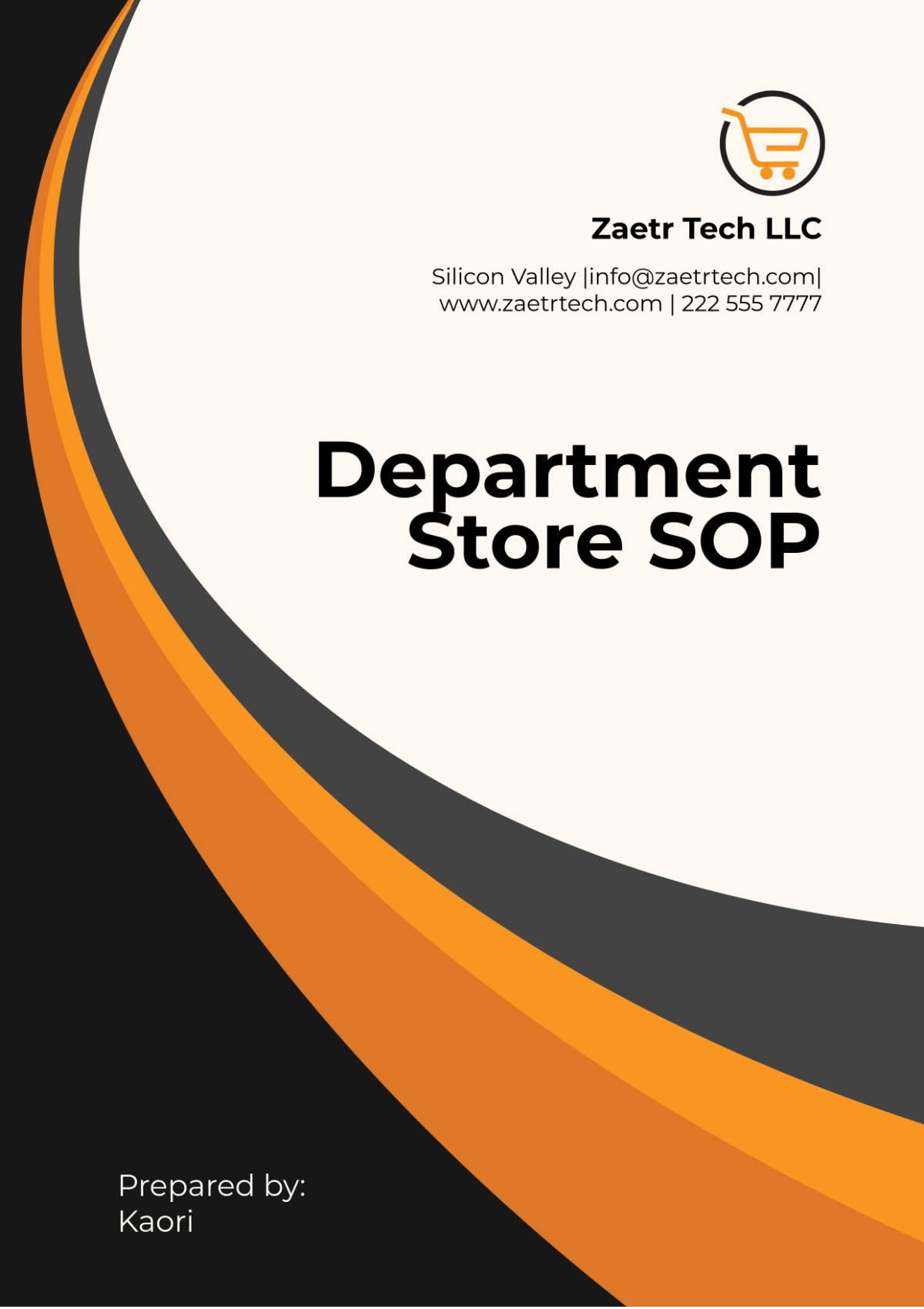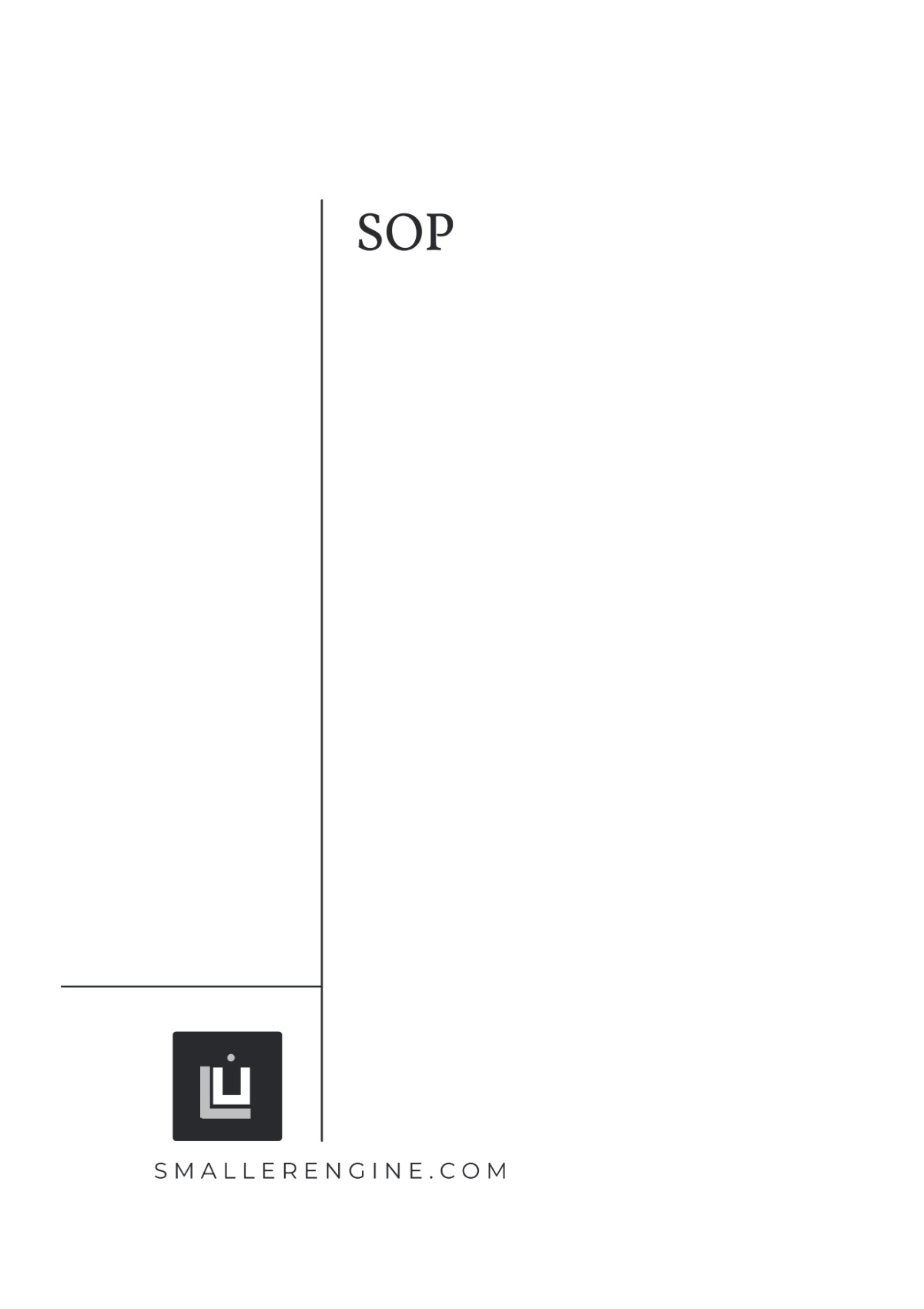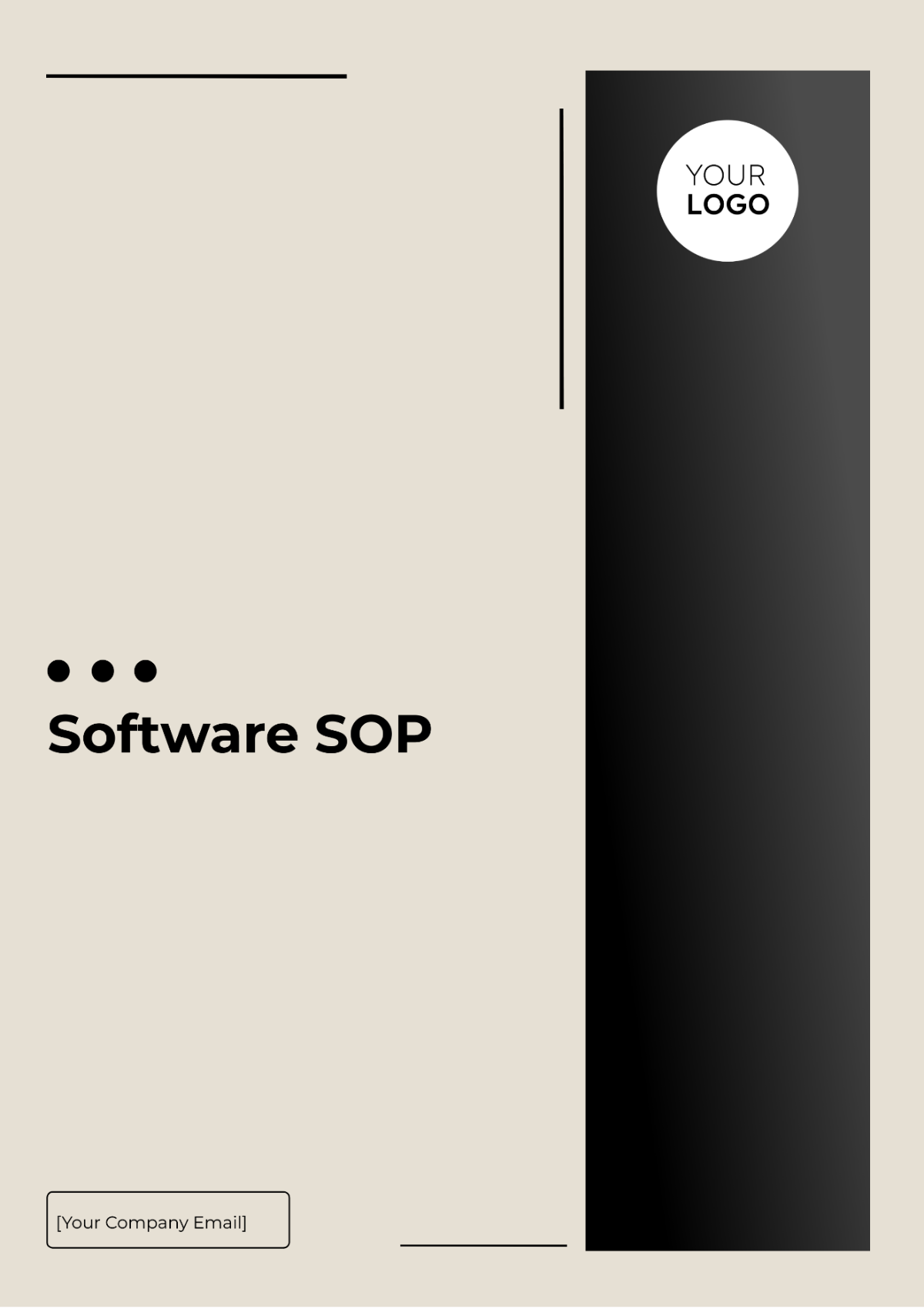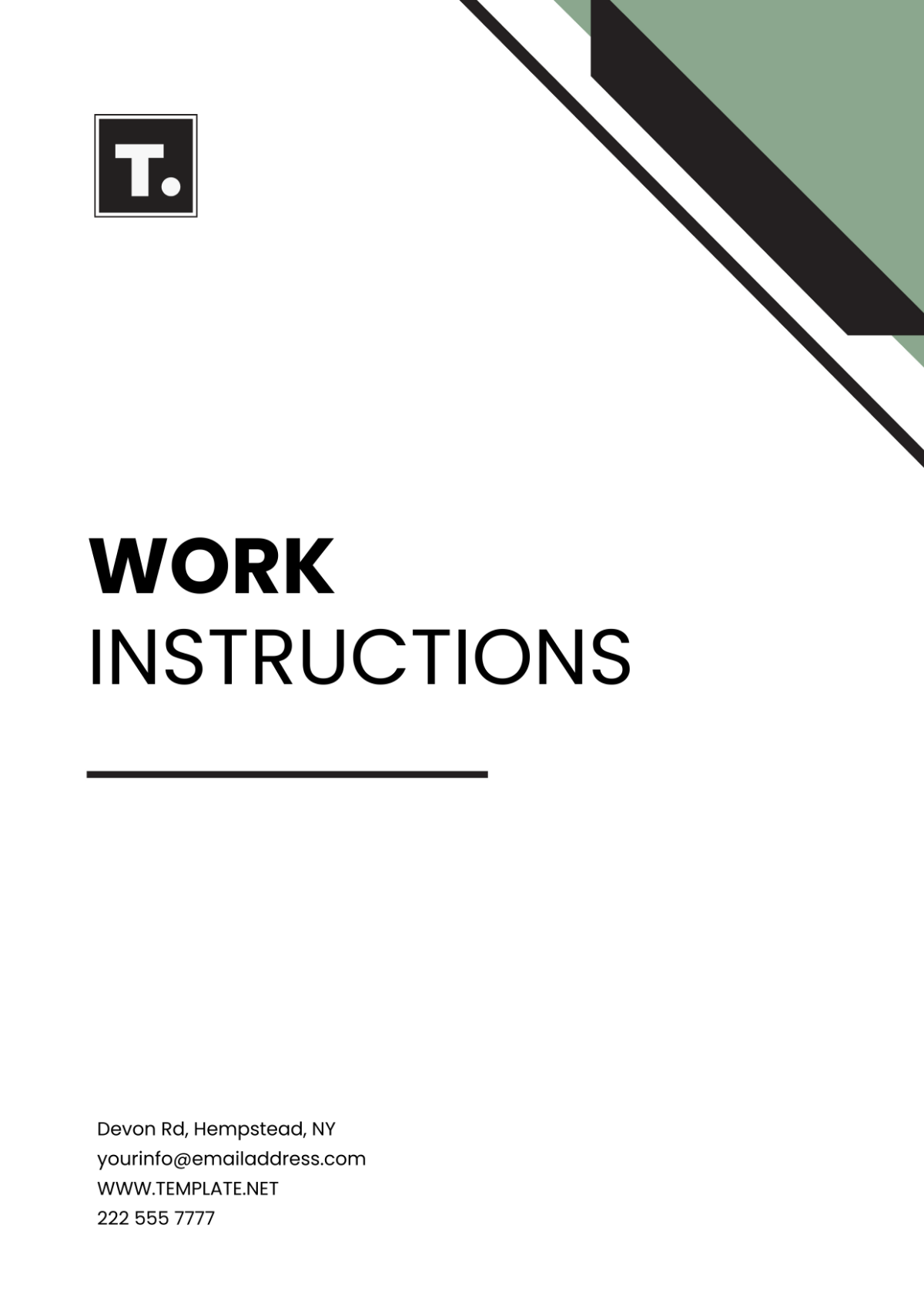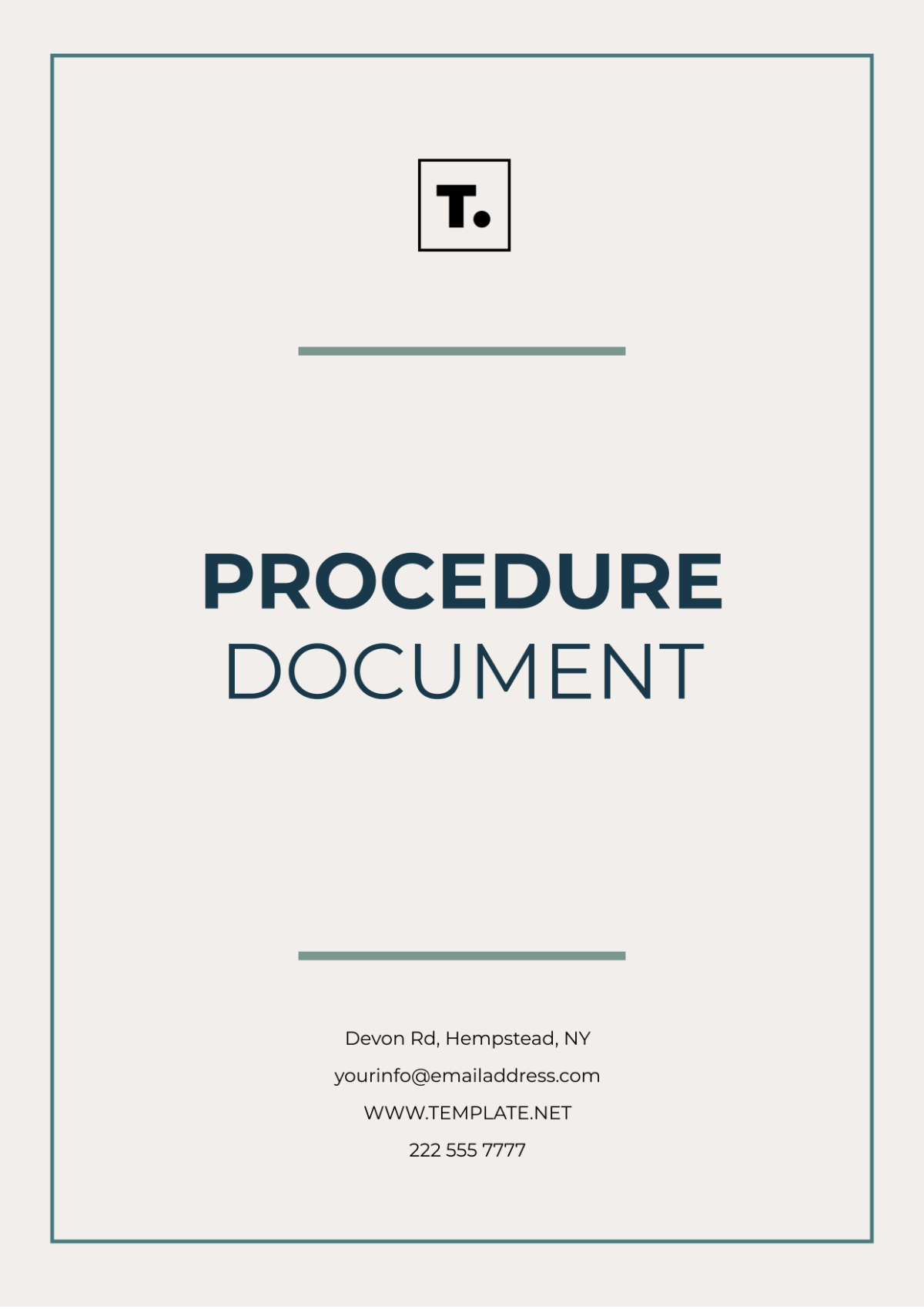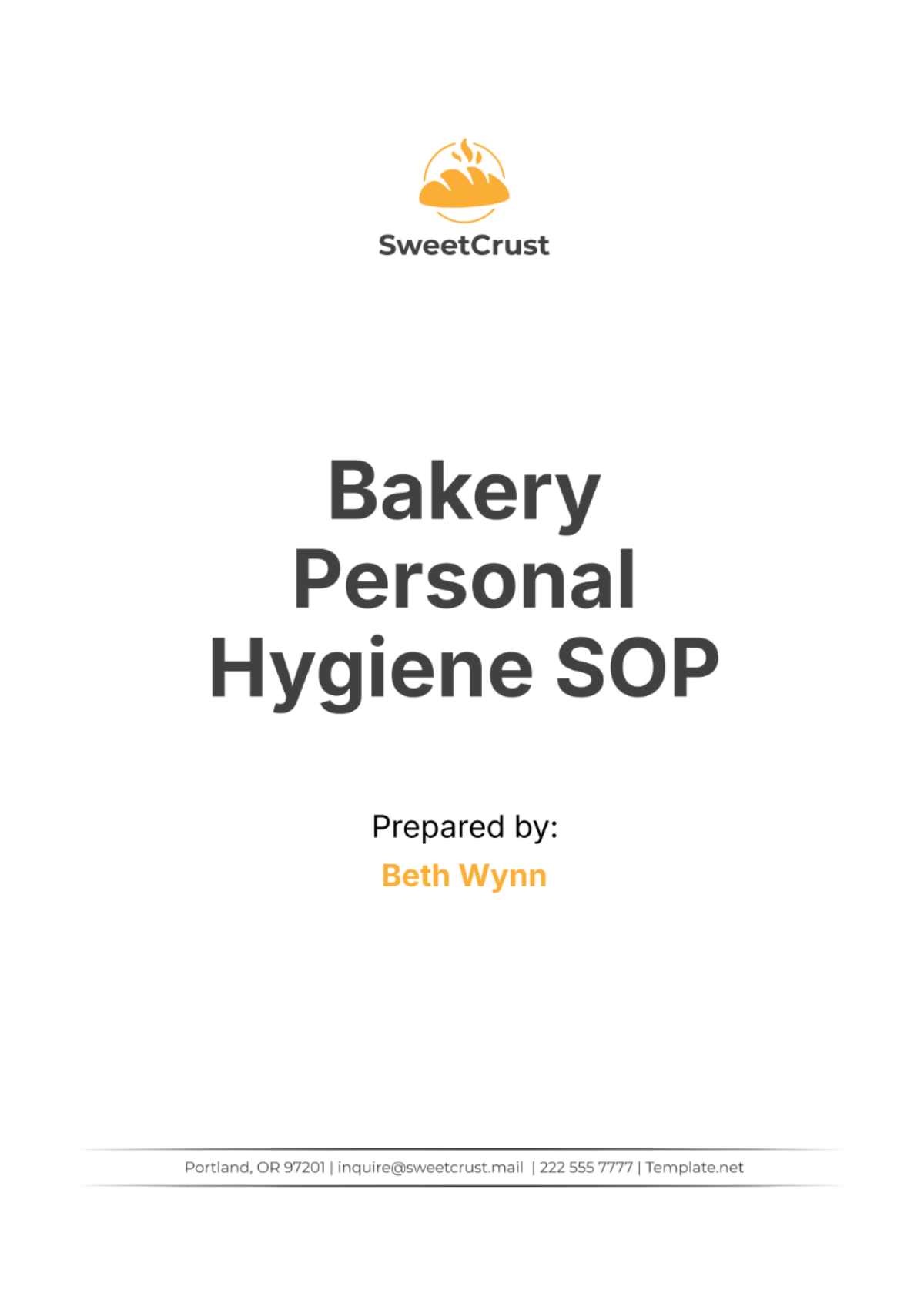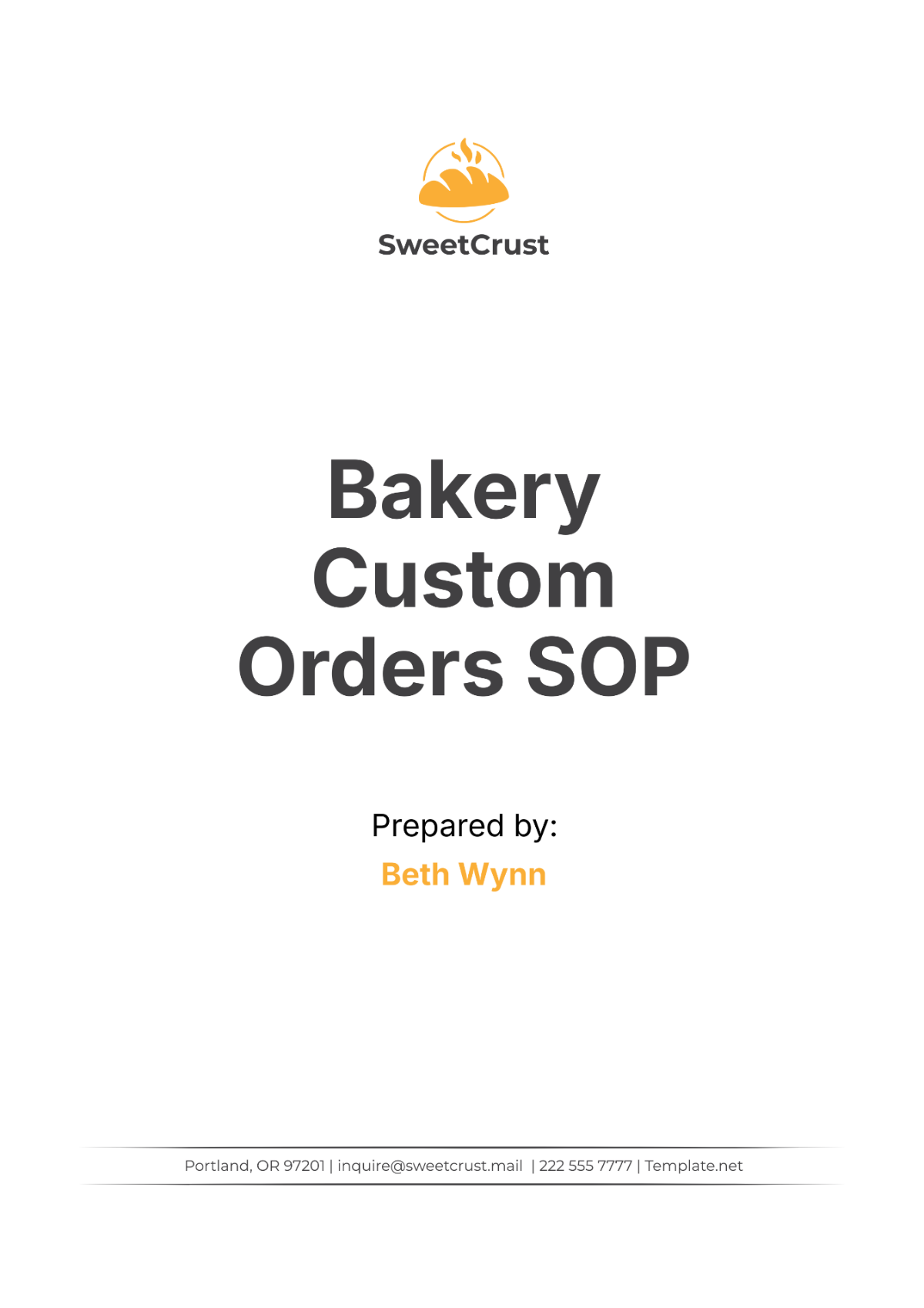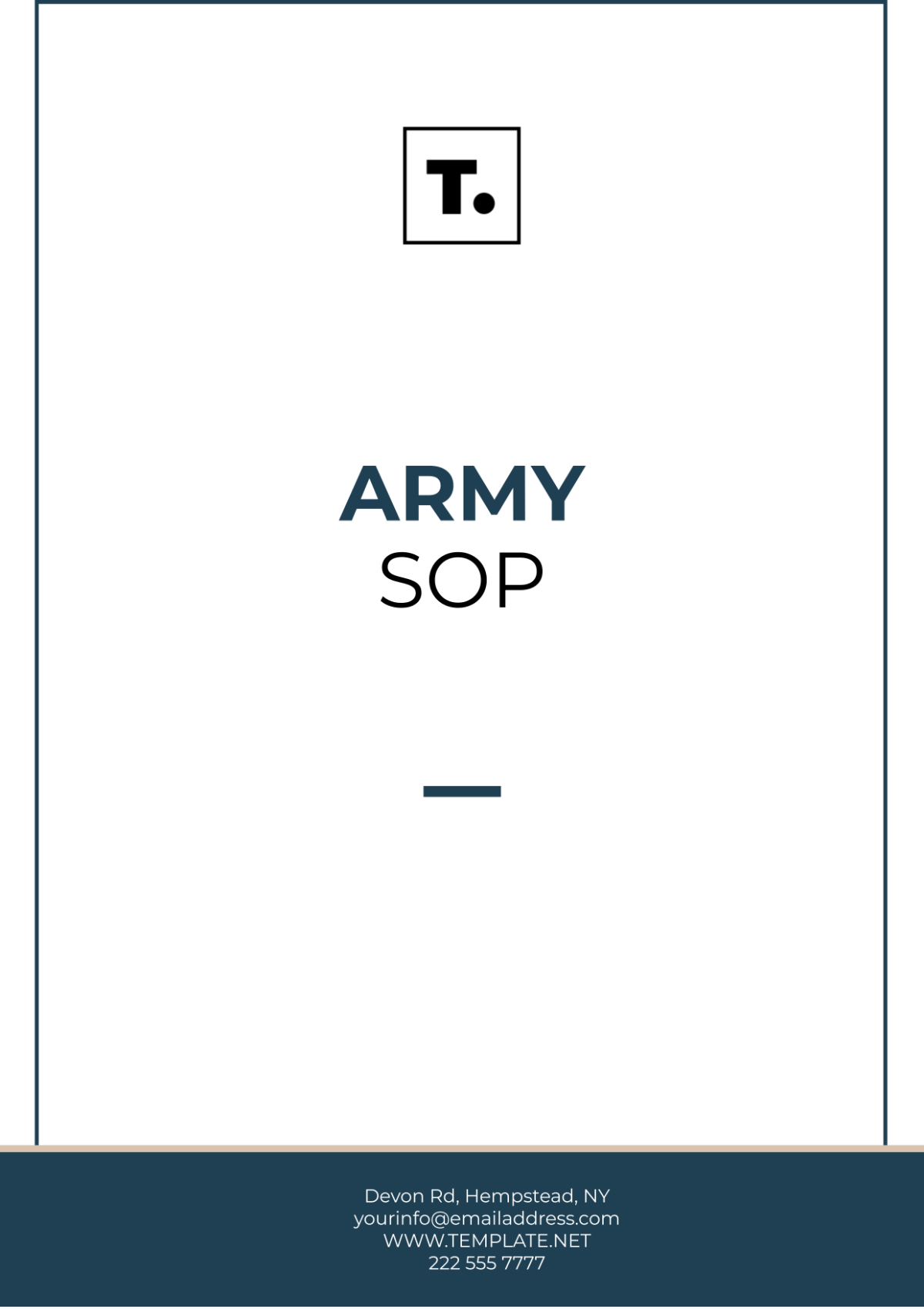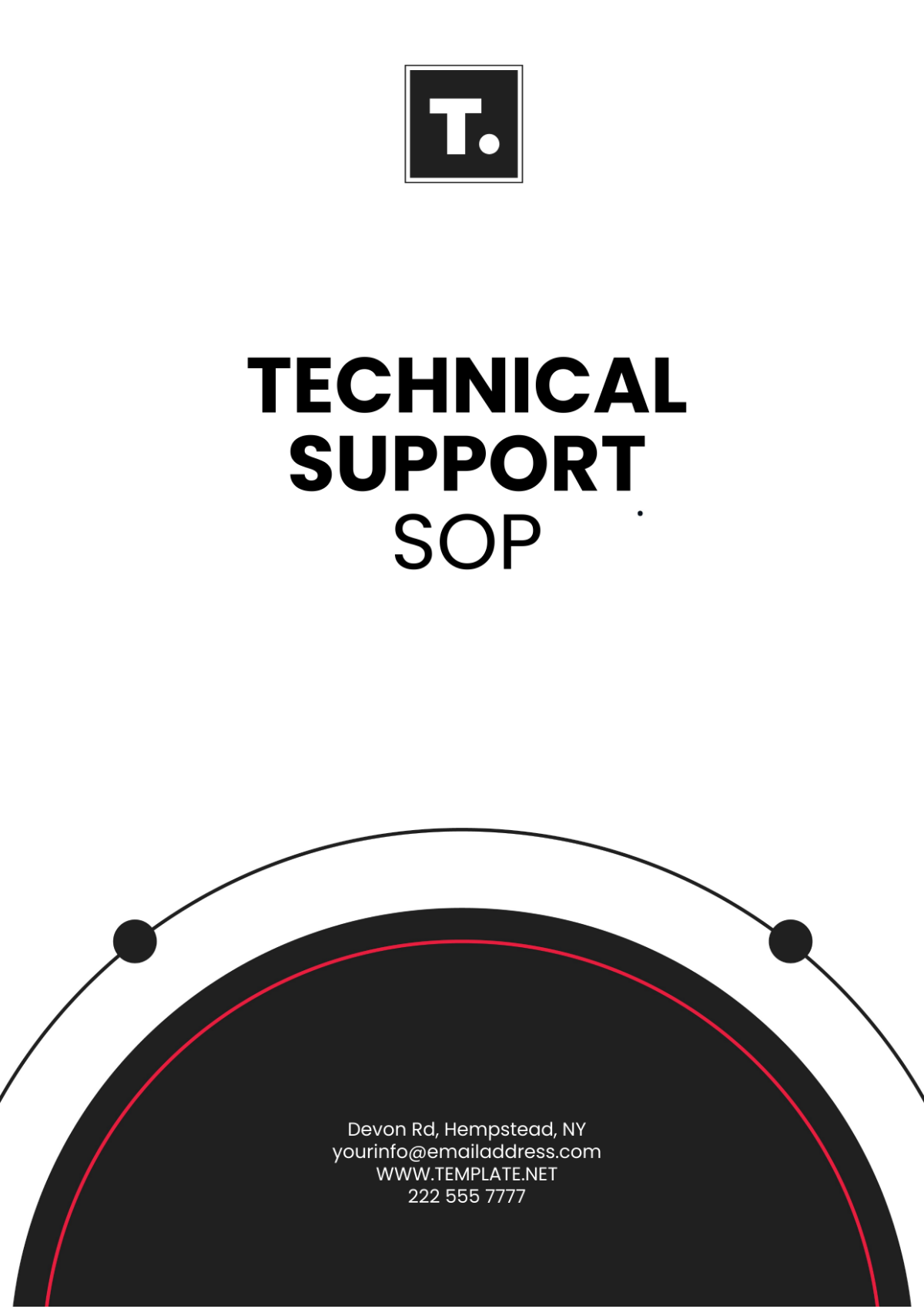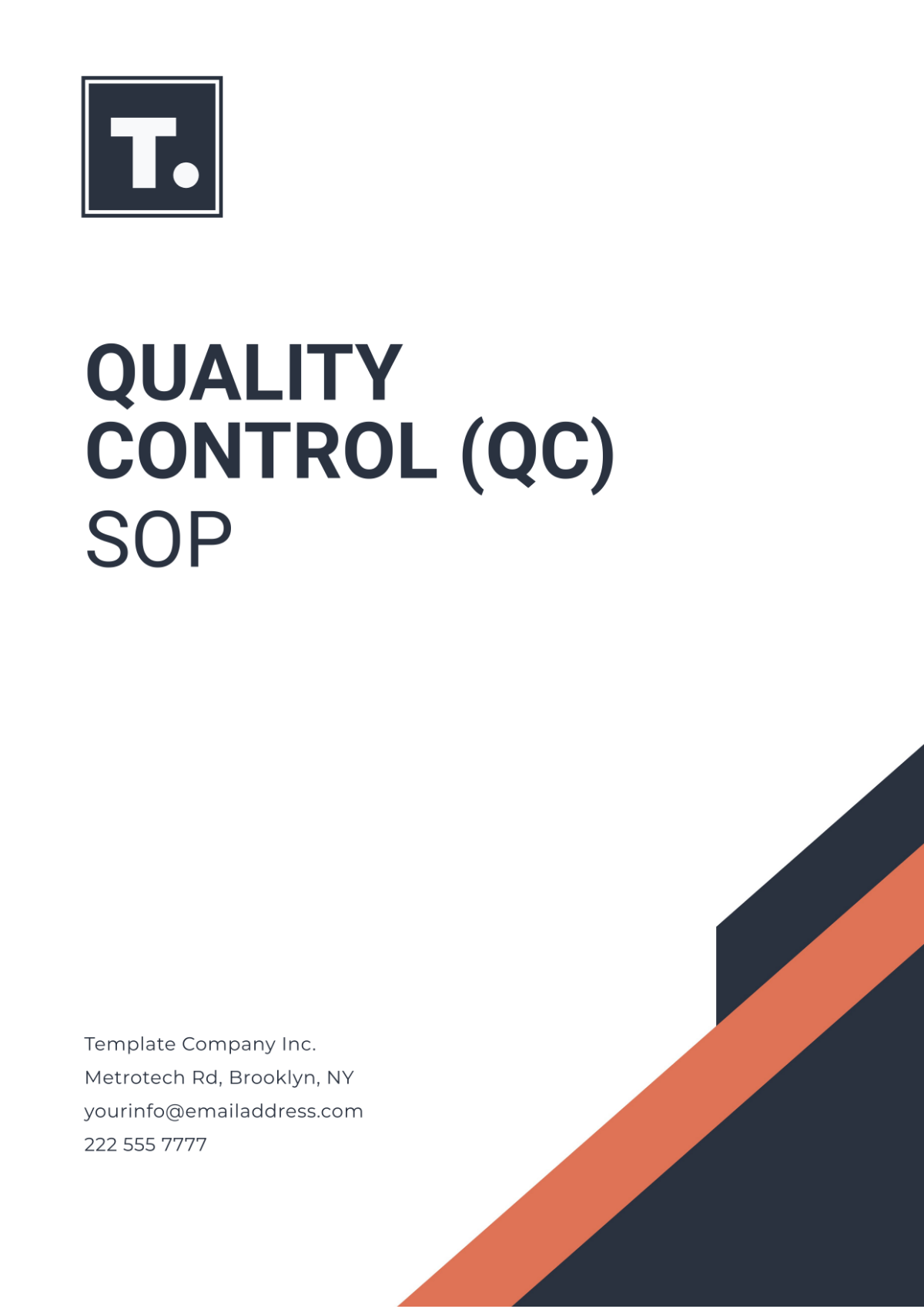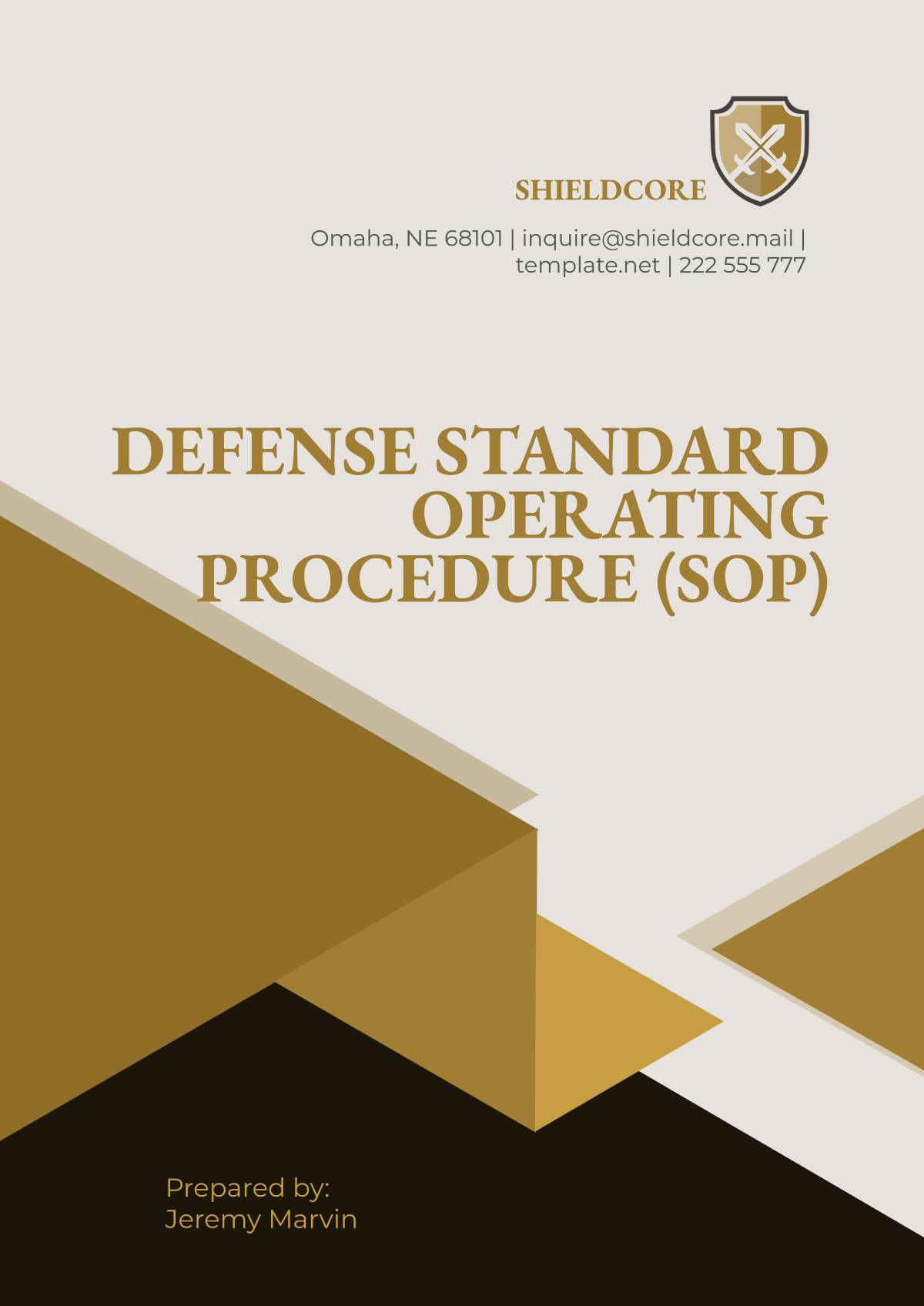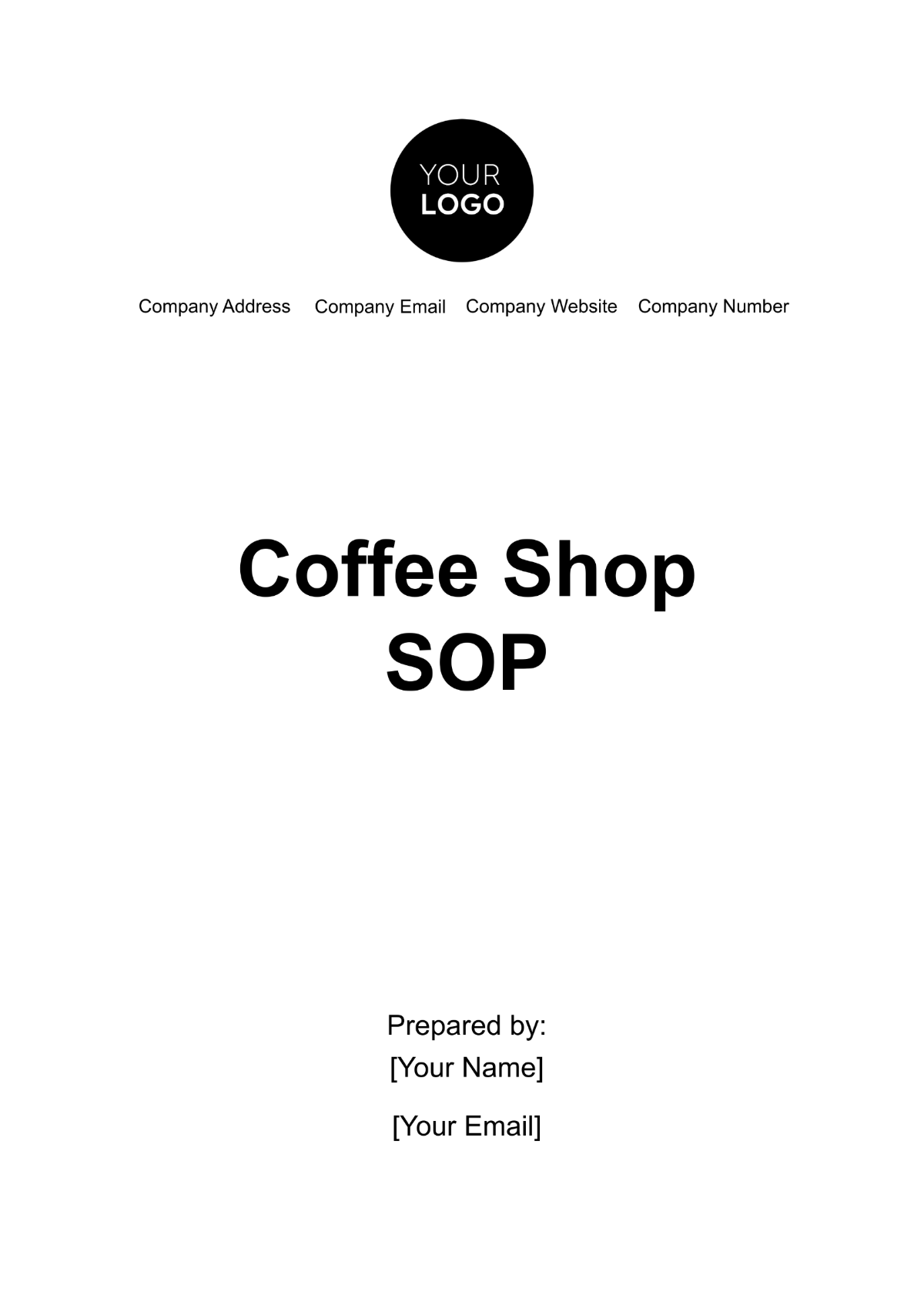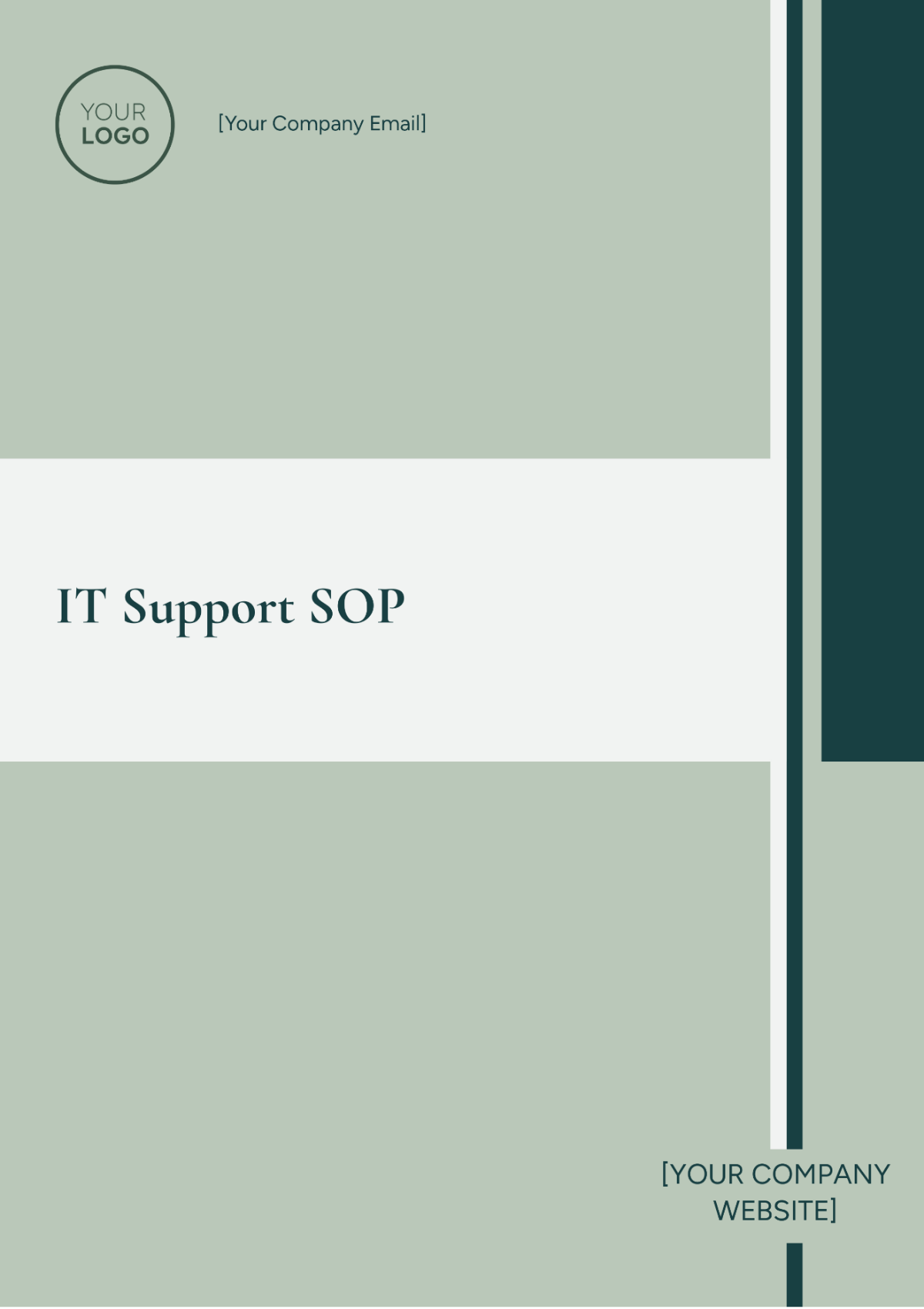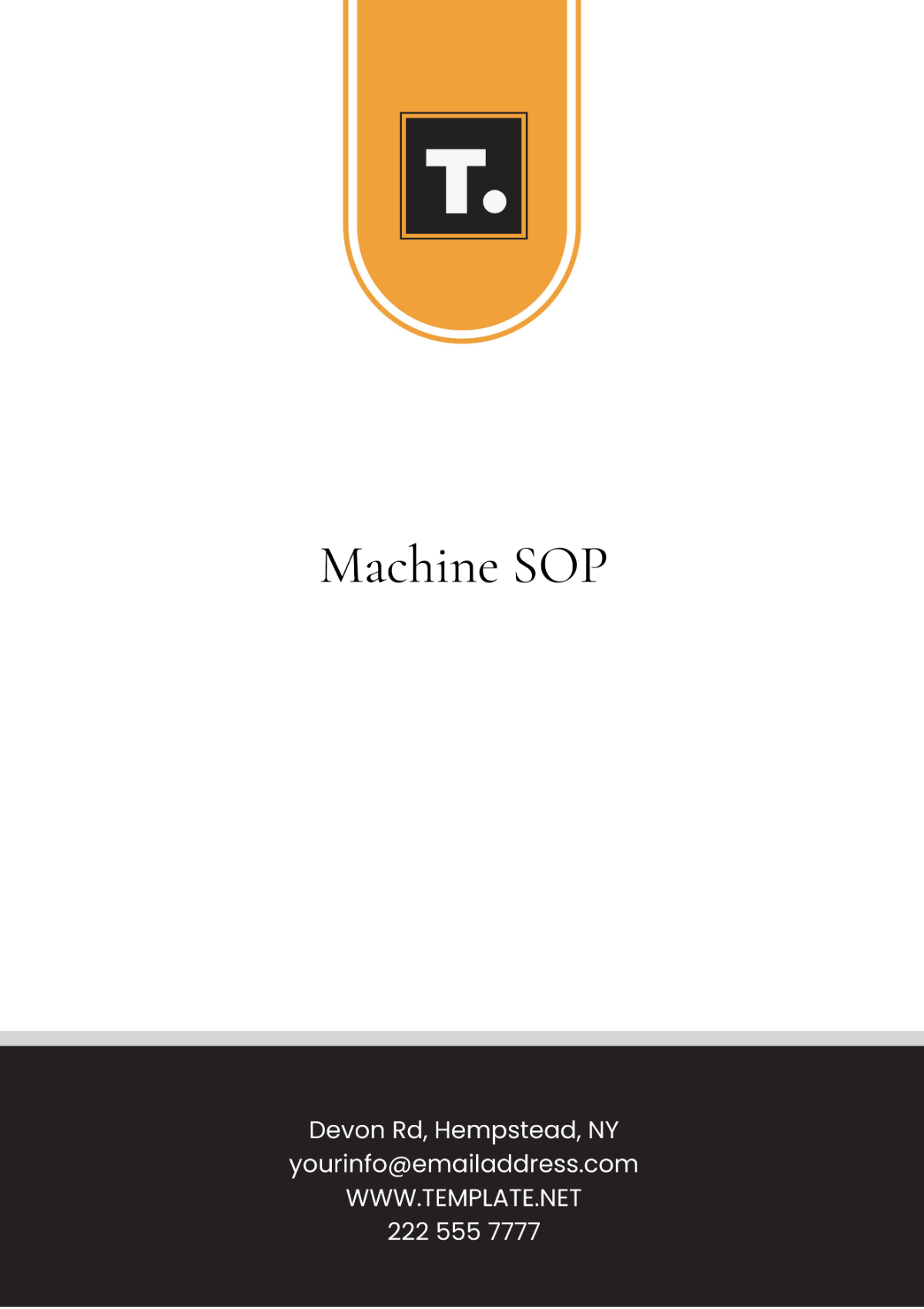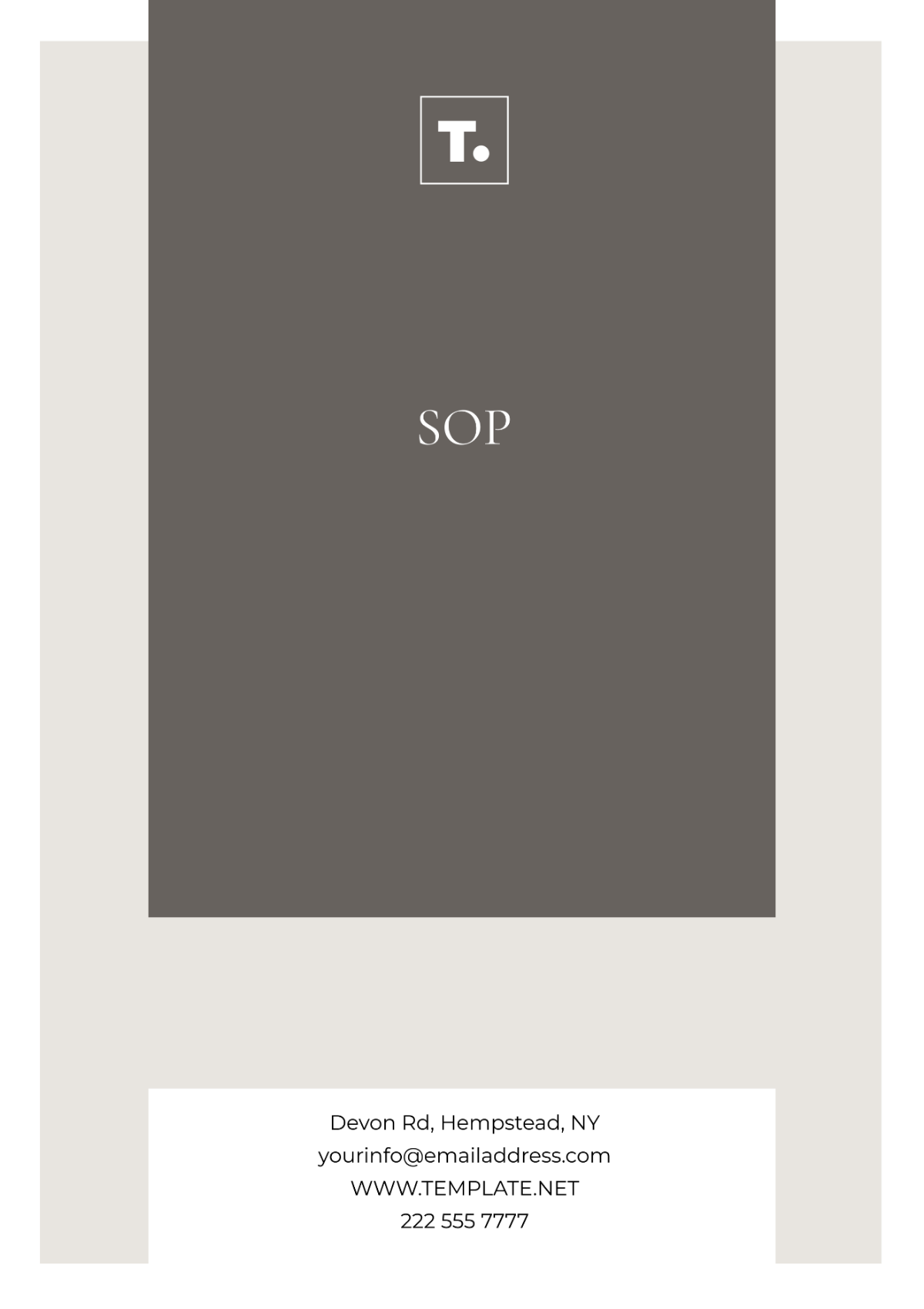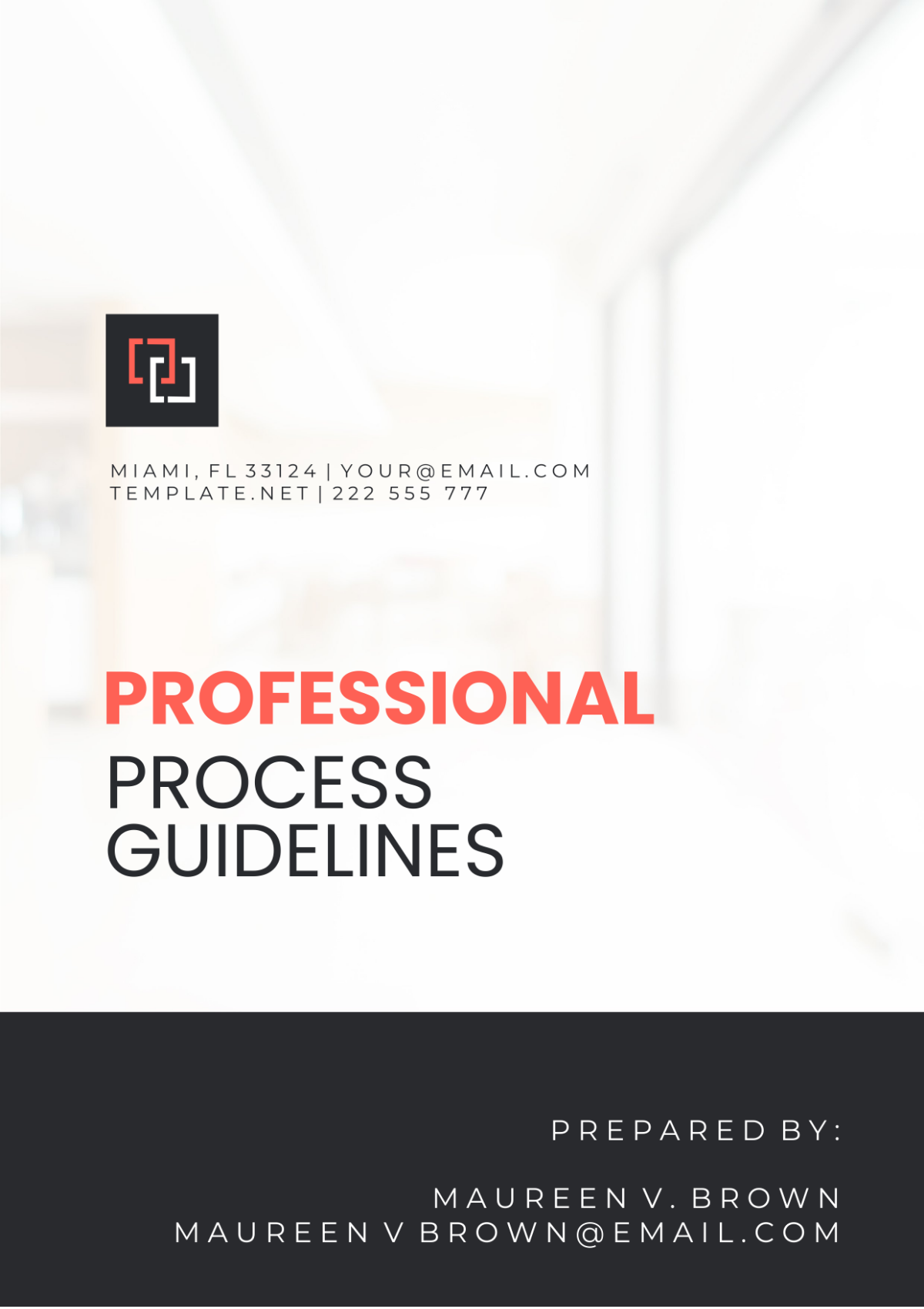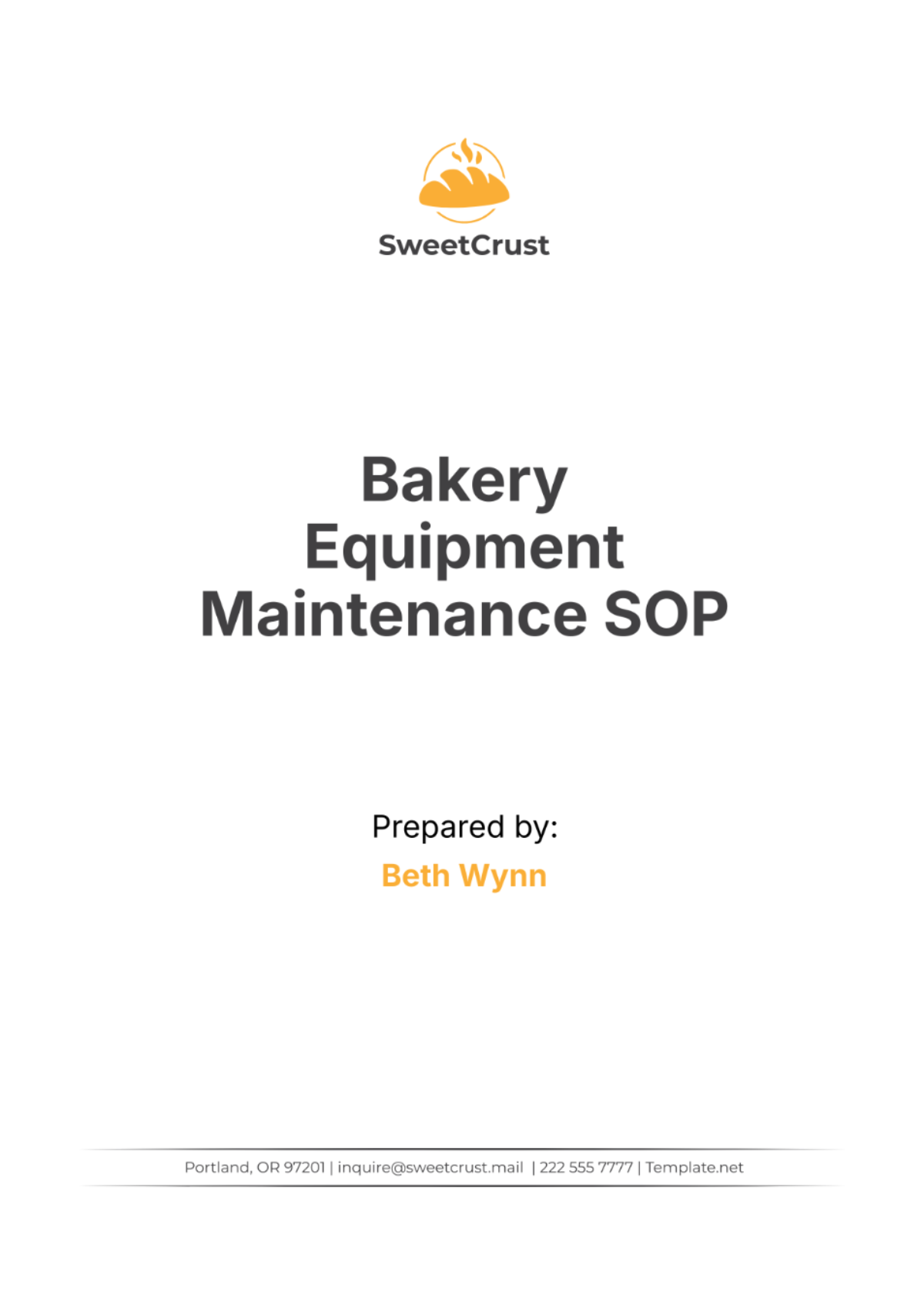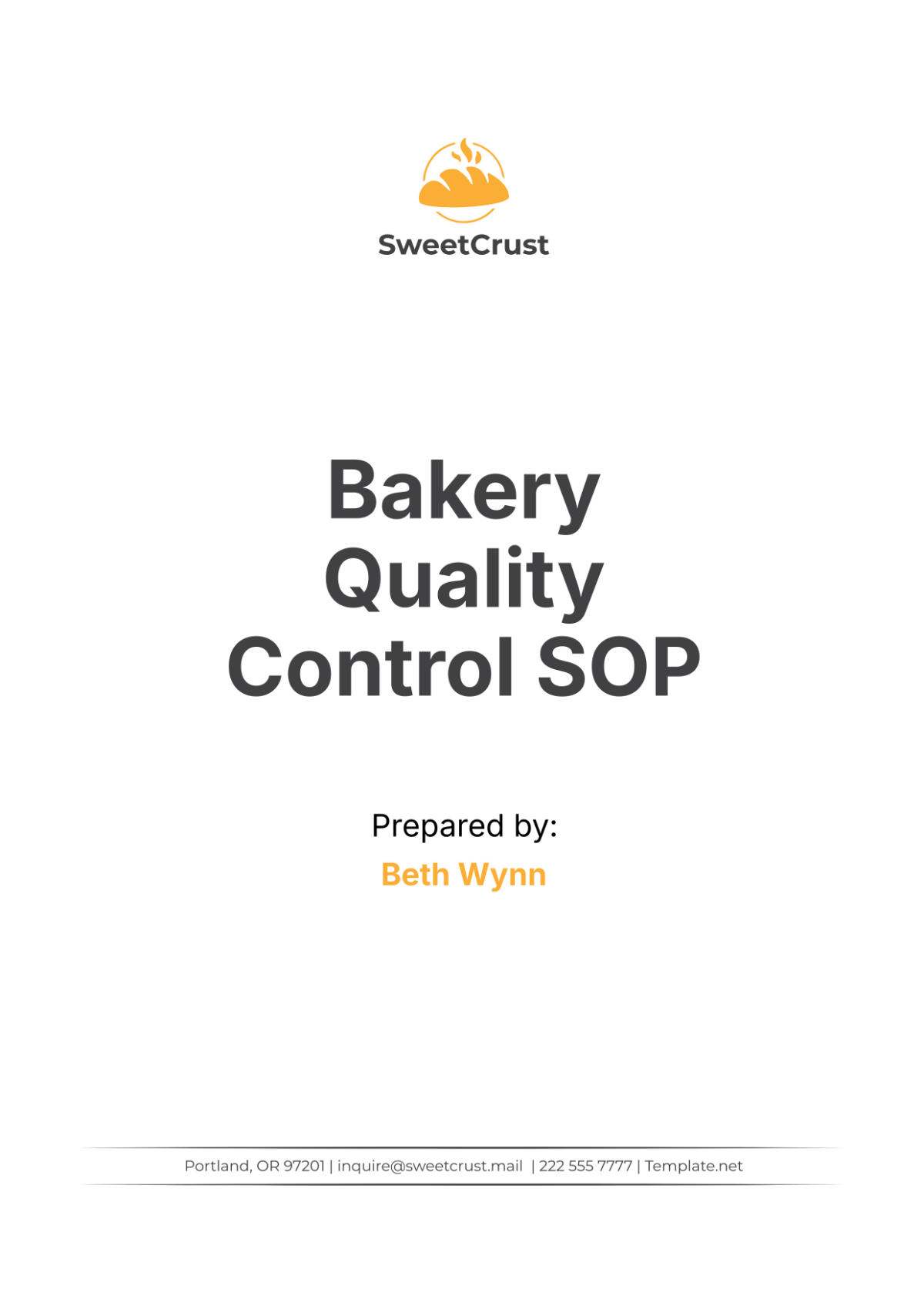Purchasing Standard Operating Procedure (SOP)
I. Purpose
The purpose of this Standard Operating Procedure (SOP) is to establish guidelines and procedures for purchasing goods and services at [Your Company Name]. This SOP aims to ensure that all purchases are made efficiently, effectively, and in compliance with company policies and regulations.
II. Scope
This SOP applies to all employees involved in the purchasing process at [Your Company Name], including but not limited to [Your Department].
III. Responsibilities
A. Purchasing Manager ([Your Name])
Approve Purchase Requests: Review and approve purchase requests submitted by department heads.
Vendor Selection: Identify and evaluate potential vendors to ensure quality and cost-effectiveness.
Negotiation: Negotiate terms and conditions with vendors to obtain the best possible deals.
Contract Management: Oversee the management of contracts with vendors to ensure compliance and performance.
B. Department Heads
Submit Purchase Requests: Submit detailed purchase requests to the Purchasing Manager, including specifications, quantity required, and budget information.
Provide Justification: Justify requested purchases, including how they align with departmental objectives and budget constraints.
C. Purchasing Staff
Process Purchase Orders: Generate and process purchase orders based on approved requests from department heads.
Vendor Communication: Communicate with vendors regarding order status, delivery schedules, and any issues that arise.
IV. Procedure
A. Purchase Request
Submission: Department heads shall submit purchase requests using the designated form or software system.
Information Required: Purchase requests must include the following information:
Description of the item or service
Quantity required
Estimated cost
Budget code
Justification for the purchase
B. Review and Approval
Review: The Purchasing Manager shall review each purchase request for accuracy and completeness.
Approval: Approved purchase requests shall be forwarded to the Purchasing Staff for processing.
C. Vendor Selection and Negotiation
Vendor Identification: The Purchasing Manager shall identify potential vendors based on product/service requirements.
Request for Quotations (RFQ): Request quotations from selected vendors, specifying requirements and desired terms.
Evaluation: Evaluate quotations received from vendors based on price, quality, delivery time, and other relevant factors.
Negotiation: Negotiate with selected vendors to obtain the best possible terms and conditions.
D. Purchase Order Processing
Generation: Purchasing Staff shall generate purchase orders based on approved purchase requests and negotiated terms.
Issuance: Purchase orders shall be issued to selected vendors, clearly specifying the items/services ordered, quantities, prices, and delivery dates.
Record Keeping: Maintain records of all purchase orders issued, including copies of purchase orders and related correspondence.
E. Receipt and Inspection
Receipt: Upon delivery, the receiving department shall inspect received items/services to ensure they meet specifications.
Acceptance: Accepted items/services shall be documented, and any discrepancies or damages shall be reported to the Purchasing Manager.
F. Invoice Processing and Payment
Matching: Match vendor invoices with corresponding purchase orders and receiving documents.
Approval: Invoices shall be reviewed and approved for payment by the appropriate authority.
Payment: Payments shall be processed following agreed-upon payment terms and company procedures.
V. Documentation
A. Purchase Records
Purchase Orders: Maintain a record of all purchase orders issued, including details of items/services ordered, quantities, prices, and vendors.
Vendor Contracts: Maintain copies of contracts and agreements with vendors, including terms and conditions.
B. Reports
Purchase Reports: Generate periodic reports summarizing purchasing activities, including expenditures, vendor performance, and cost savings initiatives.
VI. Compliance
A. Policy Adherence
Compliance: All purchasing activities shall adhere to [Your Company Name]'s policies and procedures, as well as relevant laws and regulations.
Ethical Standards: Ensure that all purchasing decisions are made ethically and transparently, without conflicts of interest.
B. Audit and Review
Internal Audit: Conduct periodic internal audits of purchasing processes to ensure compliance and identify areas for improvement.
Management Review: Management shall review purchasing performance regularly to assess effectiveness and efficiency.
VII. Revision History
Ensure to keep a detailed record or archive, commonly known as a revision history, of this Standard Operating Procedure (SOP). This will serve the purpose of documenting any modifications, alterations, and updates that are done to the SOP over a given period.
VIII. Approval
This SOP shall be approved by [Your Department Head] and [Your Name] to ensure its validity and applicability.

[Your Company Name]
[Your Department]


